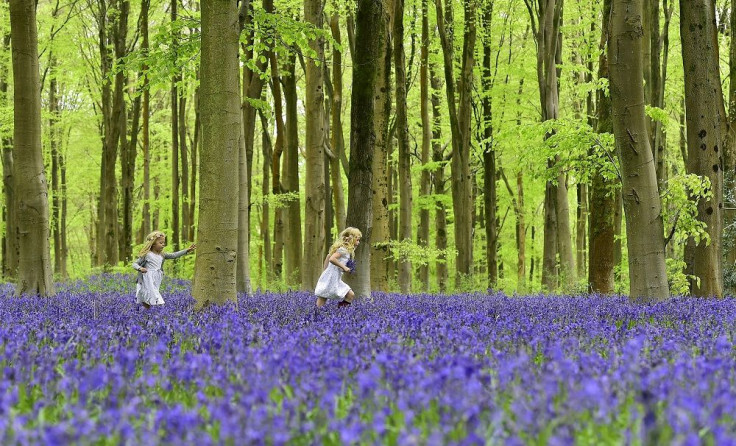Scientists estimate 3.04 billion trees on Earth or 422 trees for every person

A study by 38 scientists estimates that there are 3.04 trillion trees on Earth. That boils down to 422 trees per capita.
However, while the number is about 7.5 times bigger than the previous estimate of 400 billion, the new estimate actually is 46 percent lesser were it not for deforestation, reports The Washington Post.
Thomas Crowther, postdoctoral researcher at Yale School of Forestry and Environmental Studies and lead researcher of the study, which was published on Wednesday in Nature journal, said, “We can now say that there’s less trees than at any point in human civilization. He describes the reduction of trees by almost half caused mainly by humans as astronomical.
Other than people, other causes such as wildfires and pest outbreaks, result in 15.3 billion trees lost yearly. However, with 5 billion trees growing back annually, the net loss is pared to 10 million trees per year.
The estimate of 3.04 trillion trees is broken down into 1.39 trillion tropical and subtropical trees, 0.61 trillion temperate trees and 0.74 trillion boreal trees. The bases of the new estimates are satellite observations and ecological work. Tapping amplified satellite views, the study used 429,775 separate measurements of tree density at different global locations.
National forest inventories were mainly the source of ground-based data which the study tracked from all the continents, except Antarctica, reports USA Today. Marc Simard, senior scientist at the Radar Science and Engineering section of Jet Propulsion Laboratory, said it is an amazing amount of field data. Simard, who is not involved in the research, said the information would enable the discovery of relationships between tree density, remote sensing measurements and environmental factors.
The study considered a plant as a tree if it is woody, at least about the height of human breast and has a stem with at least 10 centimetres in diameter. Crowther said the research was partly inspired by the United Nations Environment Programme which created the Billion Tree Campaign in 2006. The Plant-for-the-Planet-Foundation runs the campaign.
Contact the writer at feedback@ibtimes.com.au or tell us what you think below





















